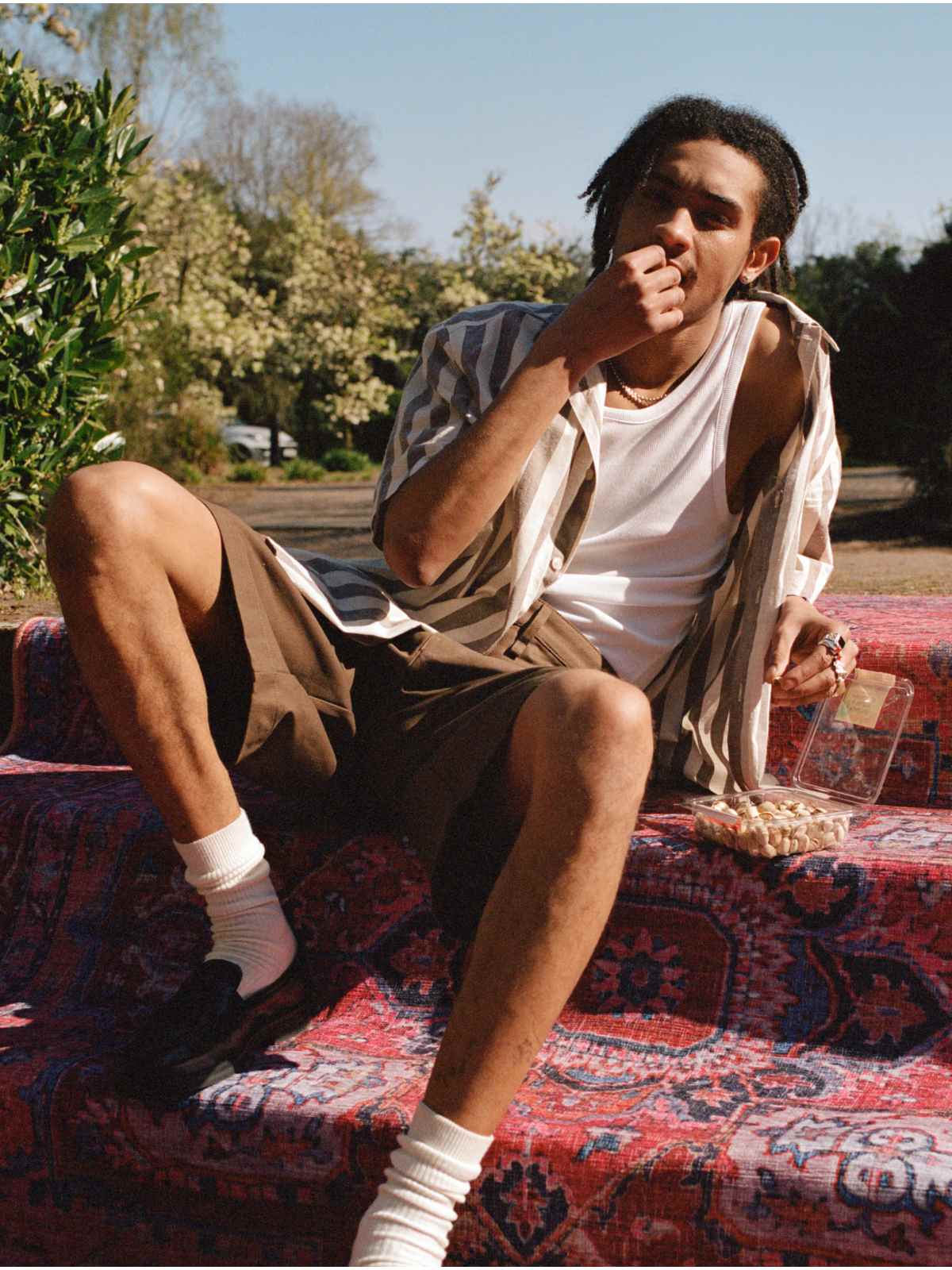Apps like Depop have exploded in popularity in recent years, but are they any good for the conscious consumer? As long as you don’t use them as an excuse to overconsume, they’re a safe bet for the planet.
From classifieds to app-ified
In the beginning there was Ebay. The once-mighty site was the forerunner for fashionistas who wanted to declutter their wardrobe or pick up a designer bargain. Fast forward to today and there are tonnes of buy, swap, sell clothing apps out there. But are they any good?
Depop, Carousell, Vinted, Poshmark, Listia—I could keep going. These days where the smartphone reigns, there is an abundance of second hand clothing apps popping up. They offer a simple, easy way for users to make a quick buck as well as find rare, coveted pieces that are no longer made. They breathe new life into old clothing and give rise to underground trends that aren’t sold in store.
The concept of buying, swapping, and selling old items is nothing new. It began with classifieds in newspapers, then moved online to websites such as Ebay. It was inevitable that apps would be the next step. Over time the concept has remained the same, but now “there’s an app for that”, the process has become much easier.
Remember those bulky ’90s buffalo boots the Spice Girls wore religiously? You can find them online. What about those raggedy old flares that you inherited from your mother? Someone will buy them. Apps can be a useful and fun way to clear out and update your wardrobe.
As fun as these apps can be, we have to ask—do they make the world better or merely feed into rampant consumerism?
Not slow fashion
Using buy, swap, sell apps is just like browsing any online shop. We can feed our shopping addictions and feel a little less guilty knowing that we’re saving clothes from landfill and not drawing on the resources it takes to manufacture new clothes.
But in a true slow fashion movement, we would buy just a few timeless, high-quality garments and keep them for as long as possible. Slow fashion asks us to consume less, not just more ethically. If that appeals to you, take a look at apps like HEWI and Tradesy. They specialise in high-end clothing which could last longer.
On top of that, before buy, swap, sell apps, many of us would give our old clothes to charity. Now we can make money from something we would have previously just given away, with fewer trips to the store bins and more money going to good causes. Having said that, the sheer volume of charity clothing donations that we make each year has itself become problematic.
Is buying ethical better?
Another concern to do with buy, swap, sell apps is whether it’s okay to buy if it has been unethically sourced. This is a tricky one. On one hand, the money you spend will go to the seller rather than the company who created it. However, owning and wearing the item can be seen as a tick of approval to a brand that doesn’t deserve it, especially when there are plenty of other brands doing the right thing and needing our support.
Is it sustainable?
Being able to buy a second hand handbag directly from someone on the other side of the planet is pretty cool. But when you factor in the carbon footprint of transporting single items around the world, it starts to look less sustainable. You can make sure you buy from sellers locally, or even lose the apps altogether and throw a clothes swap event with your friends.
Given the fact that production has been estimated to account for up to 70% of the climate impact of clothing, on the whole, buying second hand is a win for the environment. When you think of the resources needed to make new garments, extending the life of your clothing instead of buying new is a tangible thing you can do to save precious resources and cut pollution.
A global community
Using these apps can feel like being part of a big global community of clothes lovers. Many of the users are not retailers and are simply there to give their old clothing new life. A lot of accounts highlight individual style and fashion philosophy. Some of my most enthralling fashion conversations have been through these apps as many users are just as passionate about clothing. They promote the concept that “one person’s trash is another person’s treasure” and, in doing so, support recycling. With the ability to talk to sellers, you can find out where your clothing has come from and the life it had before.
Overall these apps are a positive step towards buying more ethically. As long as we consider what we truly need when buying, these apps are a great way to ensure we keep our wardrobe in line with our principles—while also making a bit of dosh.


















